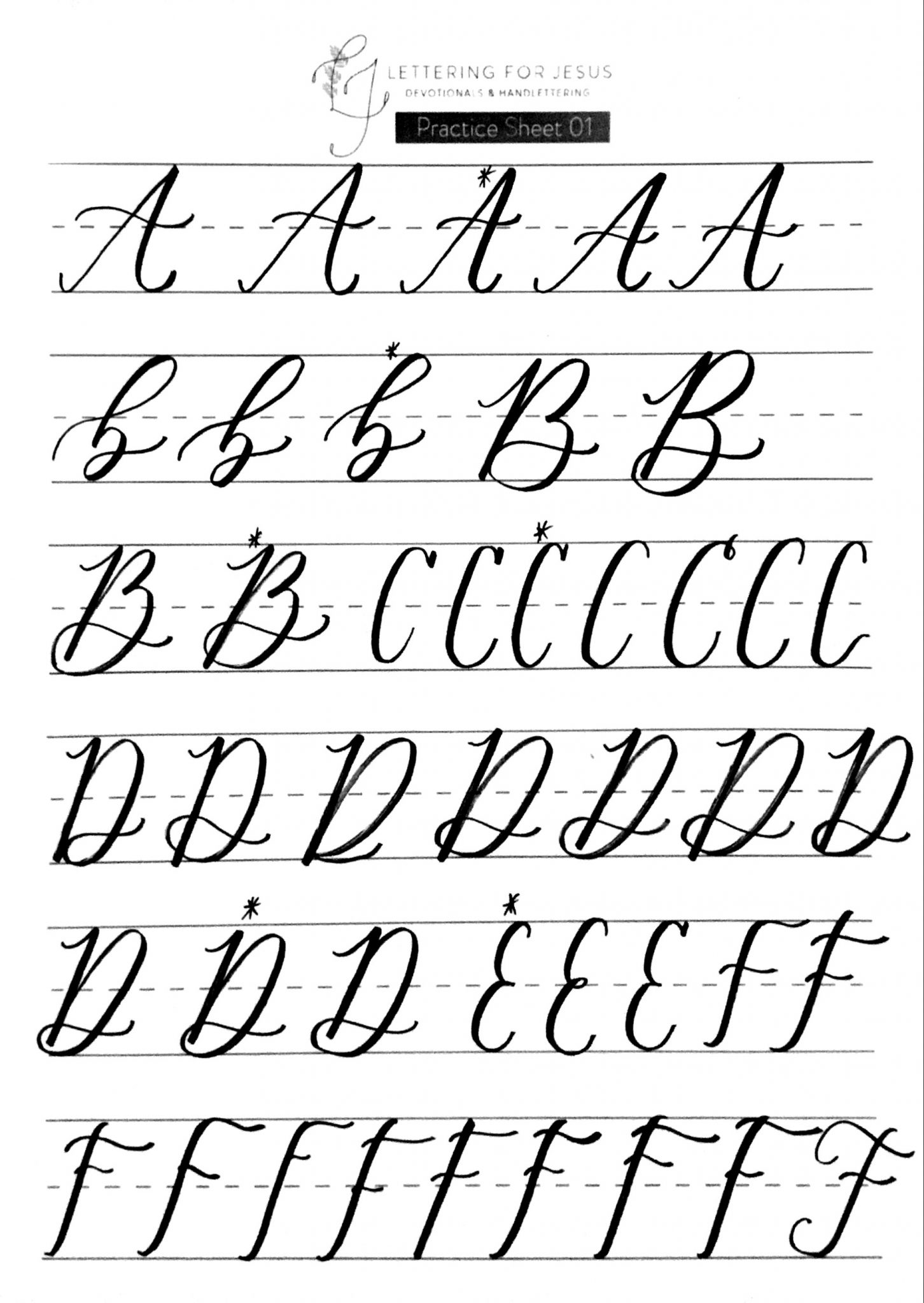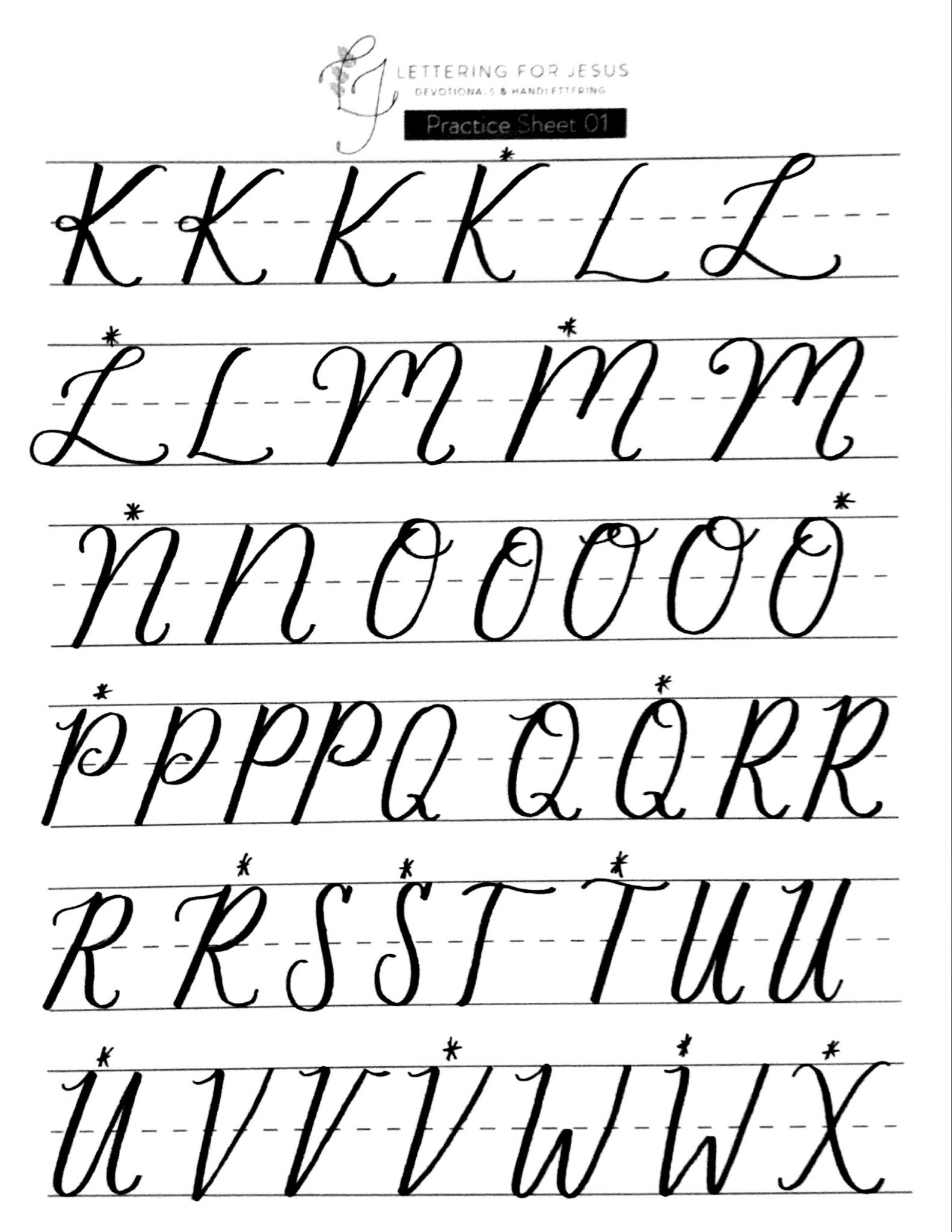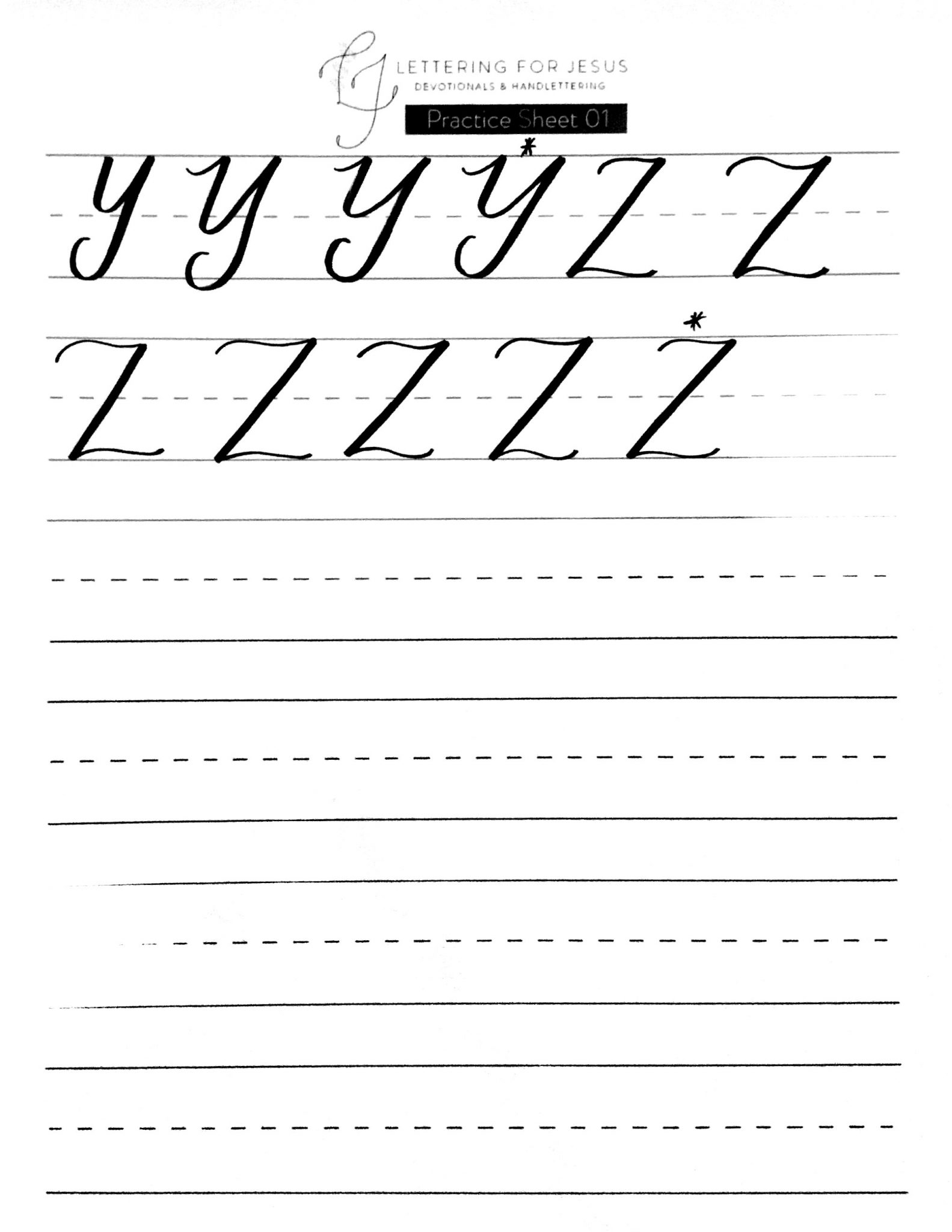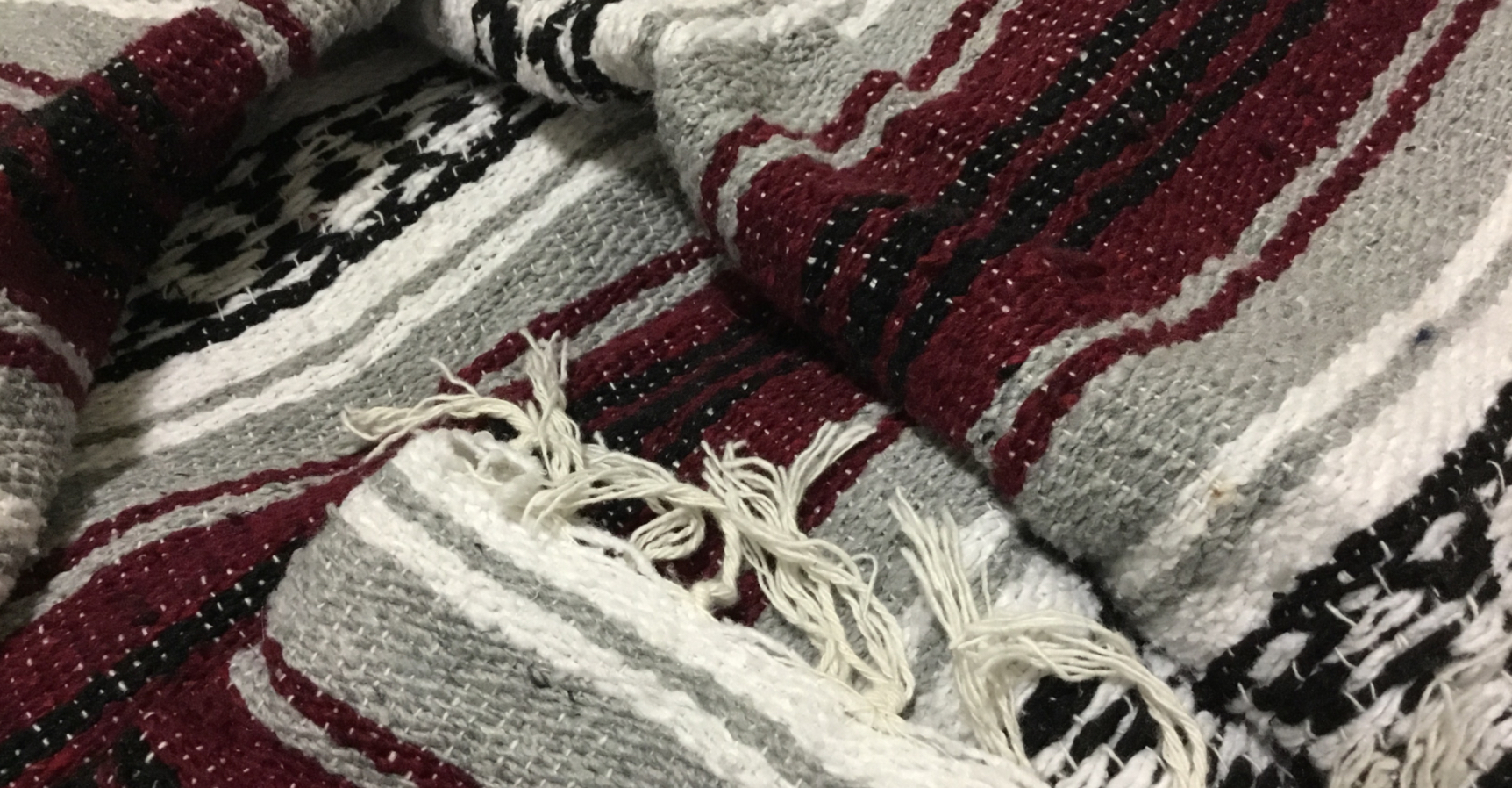Disclaimer: I’m not going to lie… I have been procrastinating creating these tutorial-based blog posts for quite a while now. Those of you on my mailing list can attest to this. Why? Well, I decided to hop on the comparison train.
Have you seen what famous letterers are producing these days? They have created some impeccable classes, practice sheets, books, videos, the list goes on.
I let all of this get to me and dissuade me from writing for you. For that, I apologize. I know you are here because you want to hear what I have to say no matter how bonkers it feels to me that you value my words.
With all of that nonsense out of the way, the following is my first attempt at creating something beneficial for aspiring letterers and curious onlookers alike. Thank you a billion times over for your patience and willingness to support me through this process.








